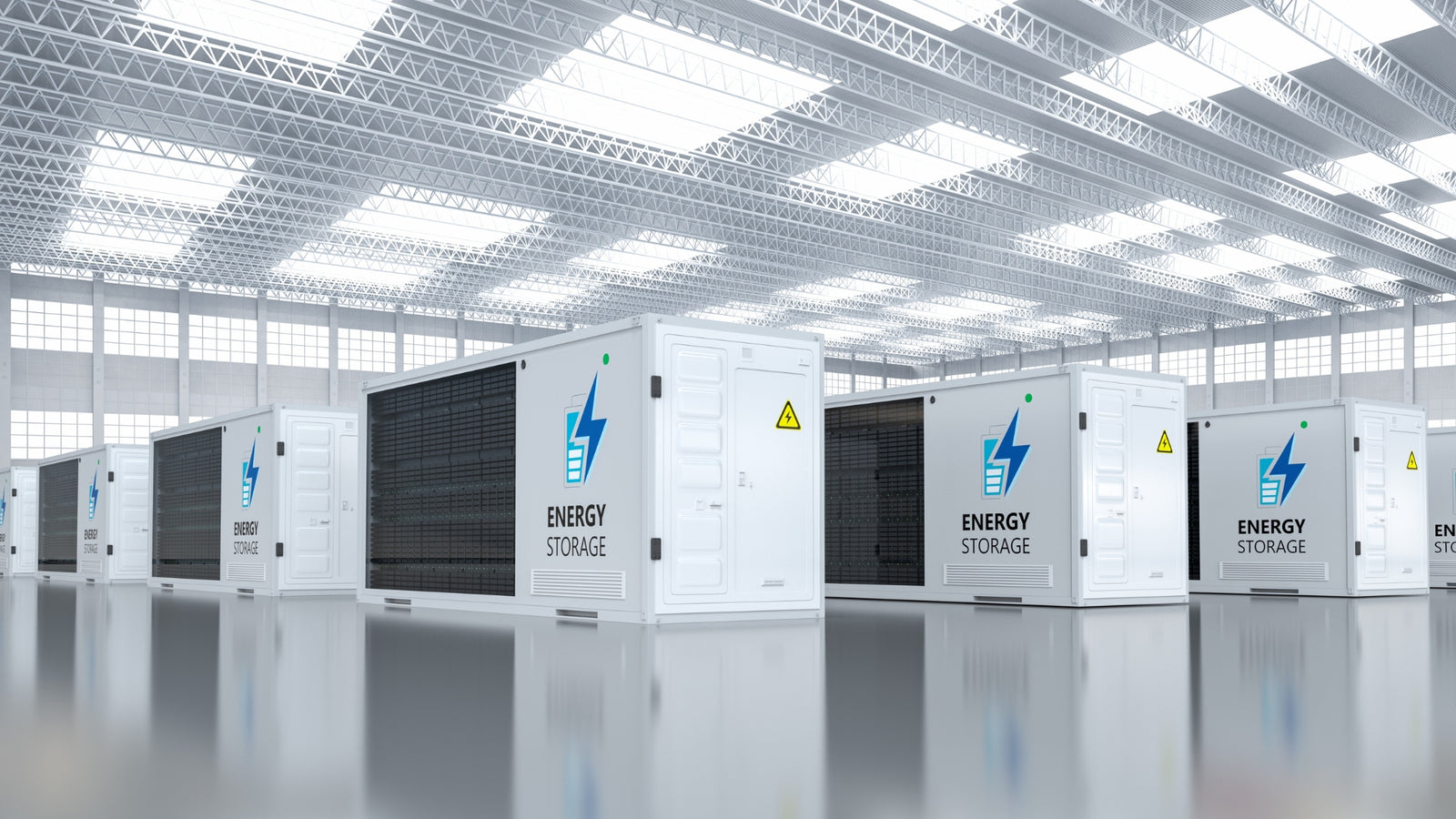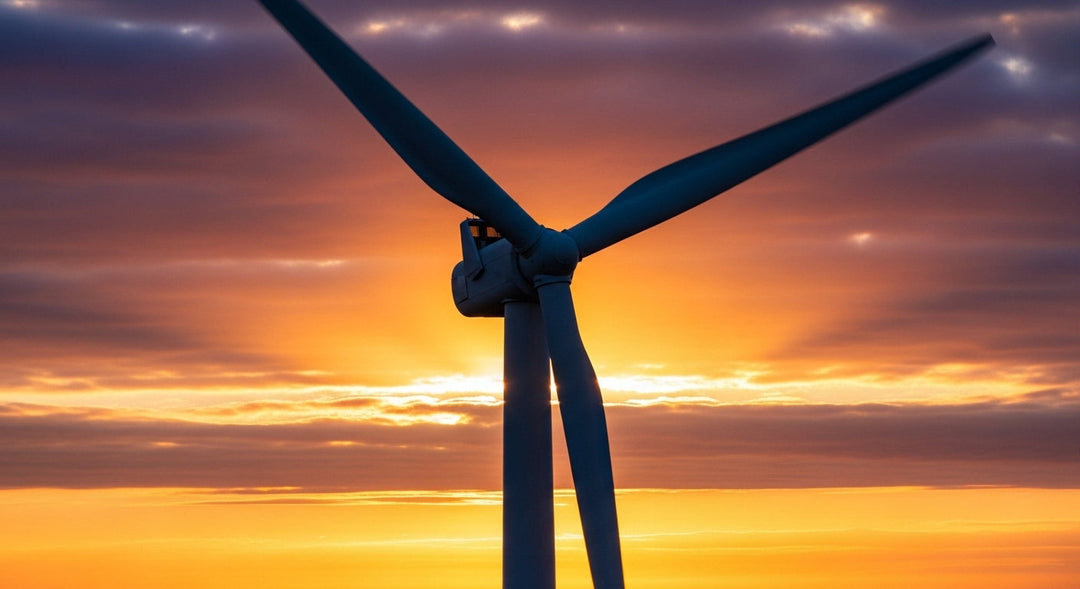The Importance of Energy Storage in the Energy Transition

Renewable energy capacity is growing at a rapid rate thanks to greater investment in the sector in pursuit of a green transition. But as several countries expand their green energy potential, they must also invest in energy storage, in the form of utility-scale batteries, to ensure that they can deliver stable and reliable power to consumers. Now, many green energy markets are playing catch up as they invest in the acceleration of battery manufacturing and the rollout of storage systems to deliver clean energy to the grid.
The Importance of Energy Storage
We view energy storage as key to providing a constant renewable energy supply to power systems. This is highly important as many renewable energy sources do not deliver a stable flow of energy. For example, solar power can only be produced during the day when the sun is shining and wind energy when the wind is blowing. Therefore, it is necessary to install utility-scale battery storage in green energy operations to store energy for 24-hour use.
Even though energy storage is critical to the provision of clean energy, most of the energy storage systems that have been developed until now are not suitable for use in all conditions. There is no one-size-fits-all approach to energy storage, and different countries will need to ensure they have the appropriate equipment for their weather conditions and other factors.
We expect Long Duration Energy Storage (LDES) to be used to ensure renewable energy is not wasted, allowing it to be reliably supplied to the grid. LDES systems can store energy for over 10 hours to provide energy to consumers during non-production hours, which is particularly important during peak demand periods. They can also provide energy when the grid goes down, which has become increasingly important as we see far more regular severe weather events as a result of climate change.
The Outlook for Utility-Scale Battery Capacity
In line with ambitious climate pledges and supporting legislation, the Biden administration is encouraging the manufacture and rollout of utility-scale batteries. U.S. battery storage capacity has been steadily increasing since 2021 and is expected to grow by around 89% by the end of 2024, based on the existing project pipeline. This could mean the U.S. will grow its storage capacity to over 30 GW by the end of the year.
At the beginning of 2024, the Biden administration announced plans to complete a net-zero electric grid by 2035, which will require the rollout of enough storage capacity to deliver a reliable flow of energy to the grid, countrywide.
The two states seeing the most growth are California and Texas. Both southern states of the U.S. are rapidly growing their wind and solar operations and will need battery storage to deliver a stable flow of electricity to the grid. By November 2023, California had 7.3 GW of storage capacity and Texas had 3.2 GW, while the state with the next largest capacity was Arizona, with 803 MW. Developers hope to launch 300 utility-scale battery storage projects by 2025, with around 50% of these projects being located in Texas.
The five biggest planned projects are the 621-MW Lunis Creek BESS SLF, the 600-MW Clear Fork Creek BESS SLF, the 500-MW Hecate Energy Ramsey Storage and the 443-MW Dogwood Creek Solar and BESS, all in Texas, and the 500-MW Bellefield Solar and Energy Storage Farm in California.
Investments in Energy Storage Will Remain Strong
The rollout of enough utility-scale battery storage to support the accelerated development of renewable energy projects will be critical for a green transition. The development of advantaged storage technologies will help green energy reach the grid and be distributed to consumers across the U.S. more reliably. We expect developers to invest heavily in utility-scale storage over the coming decades thanks to favorable climate policies and financial incentives that encourage green investment.










